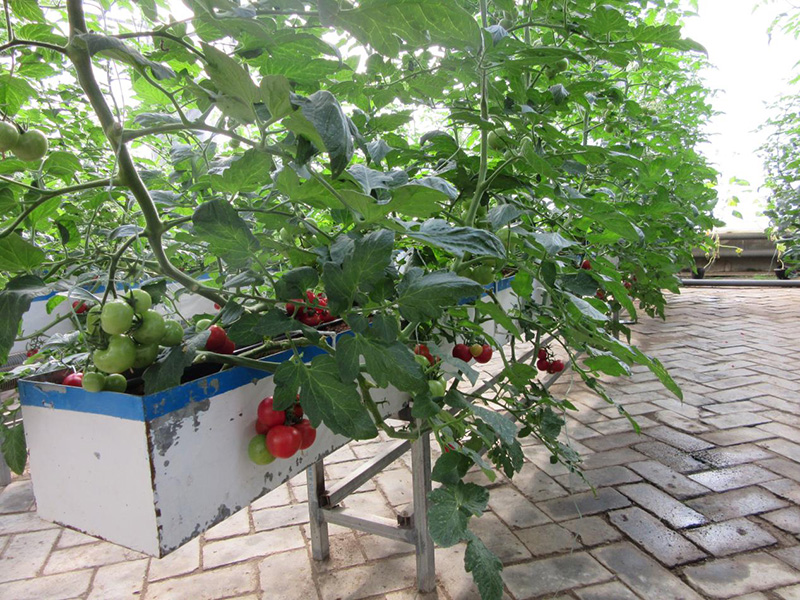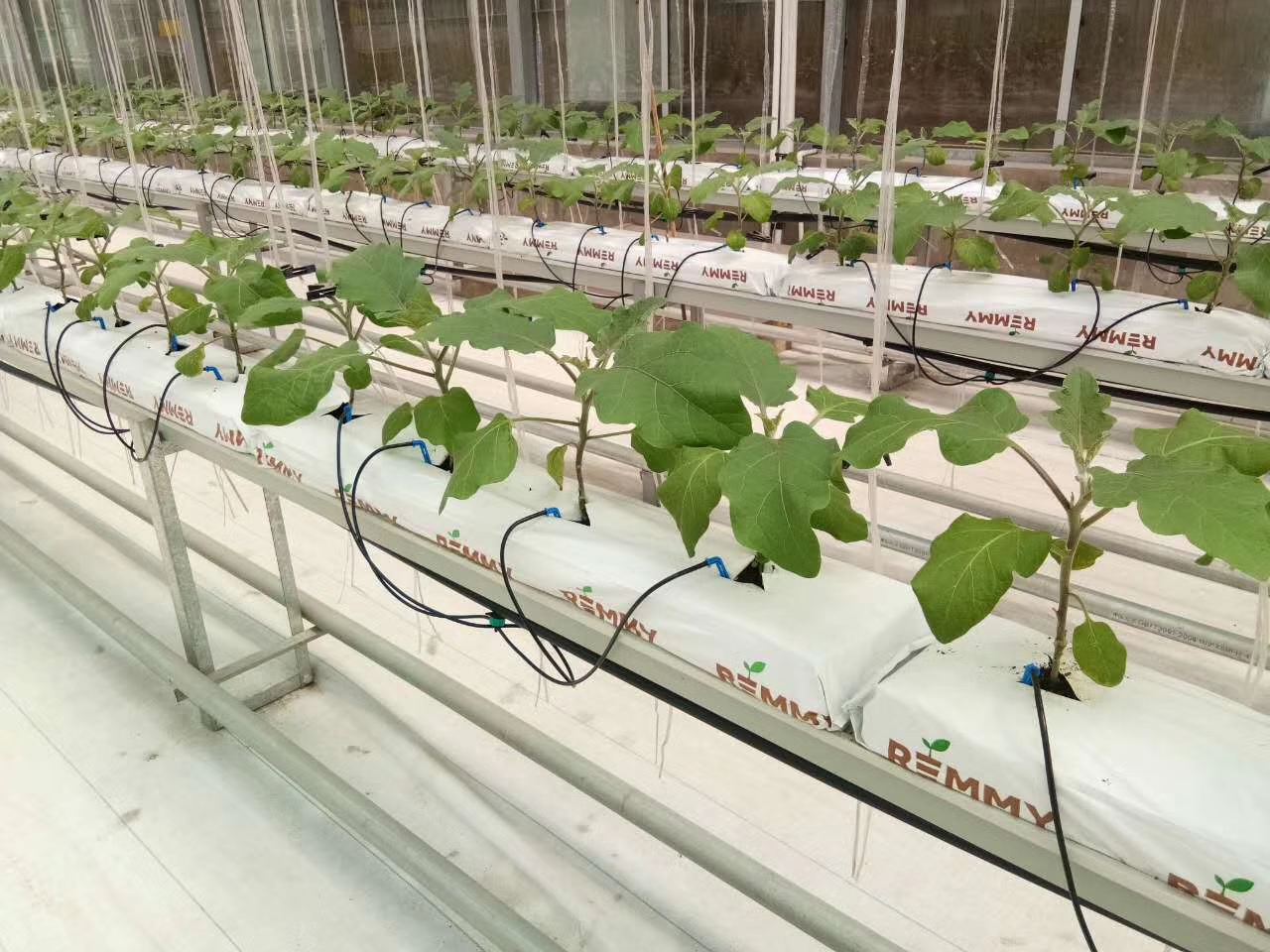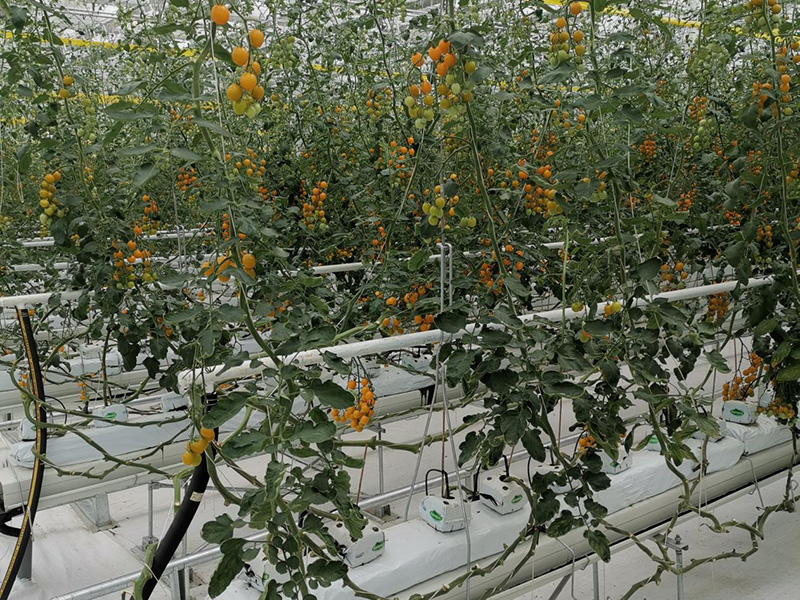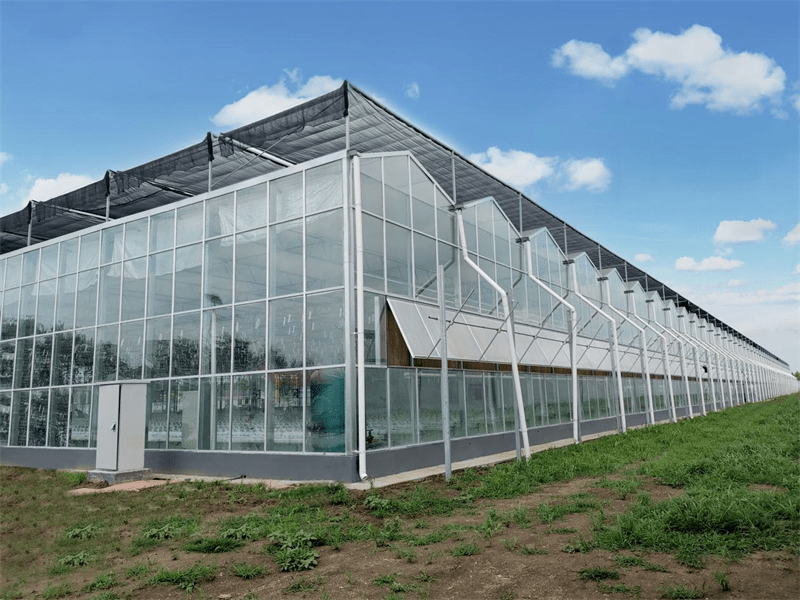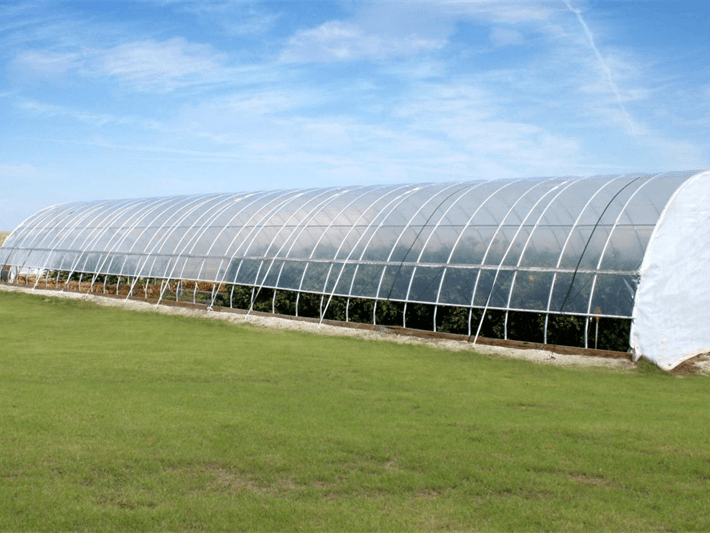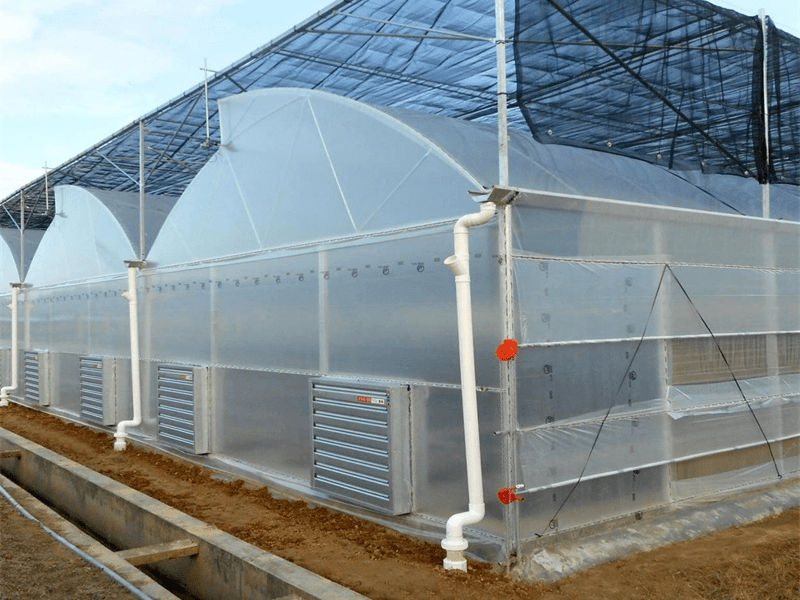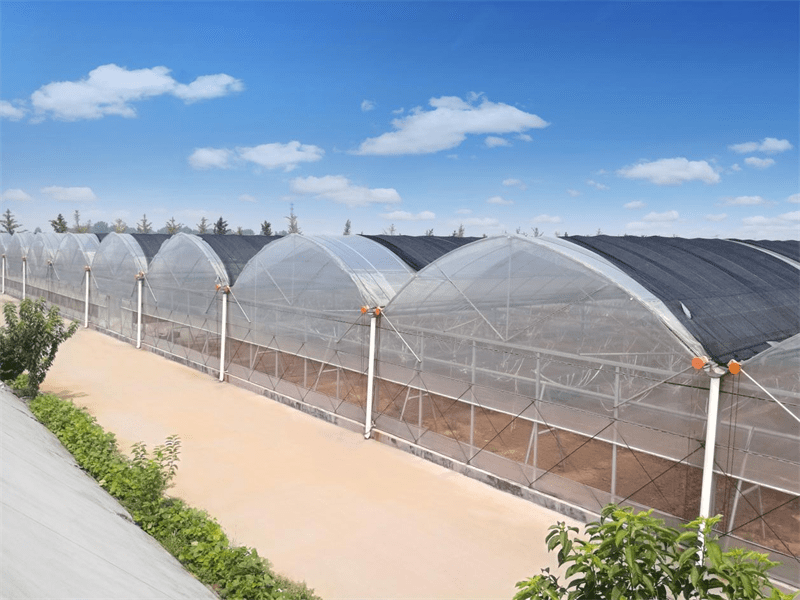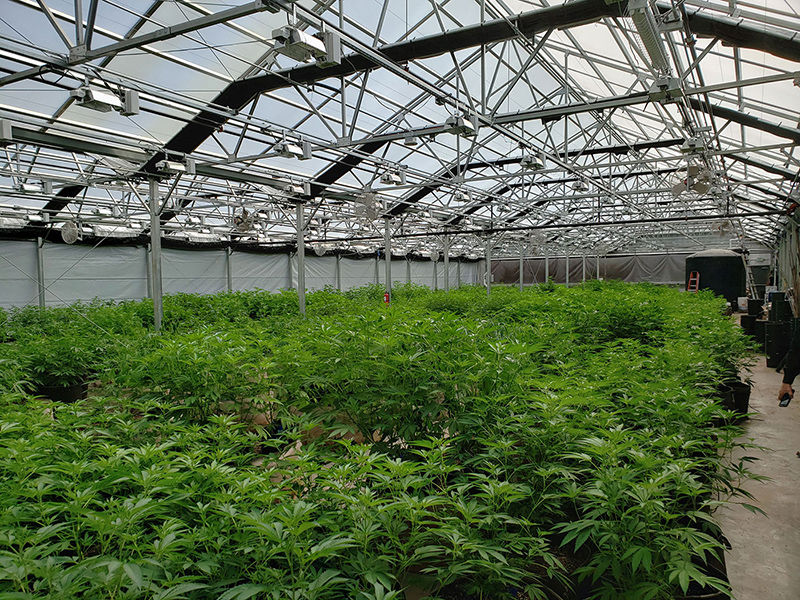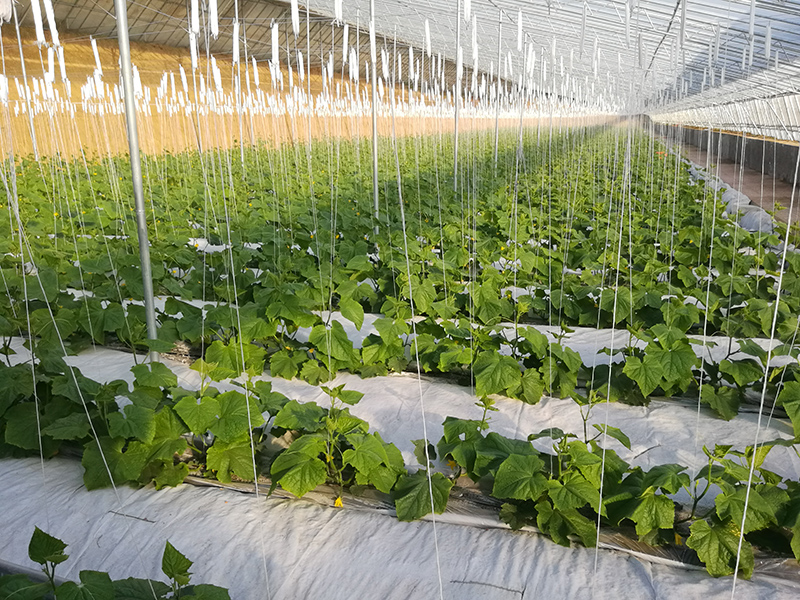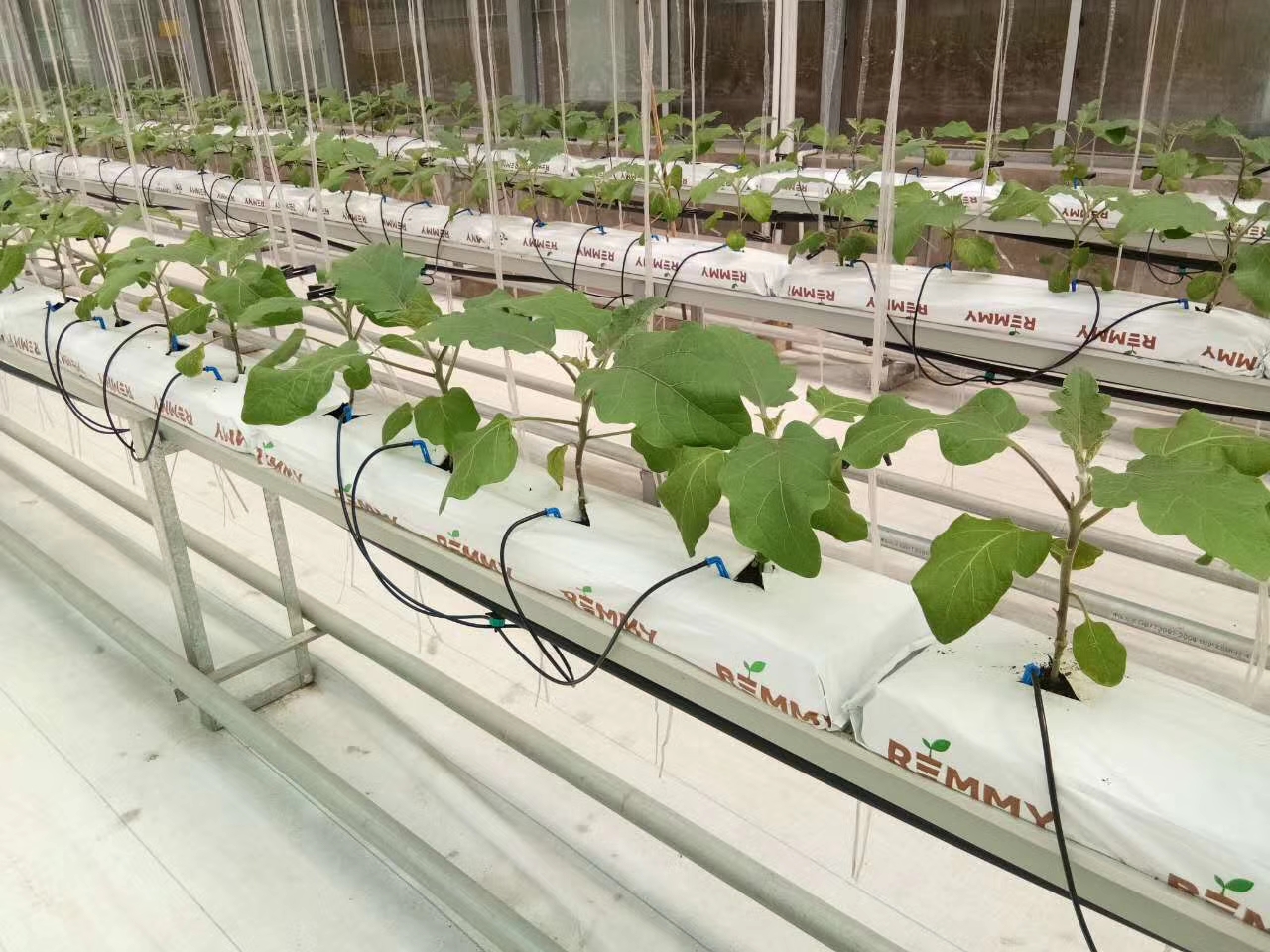Organic Substrate Cultivation-Coconut Cultivation
description2
Characteristics of coconut coir
1、 Ecological environmental protection: Coconut coir is a new type of ecological, environmentally friendly planting substrate, a renewable resource;
2、 Organic nutrients: coconut coir contains not only a large number of elements necessary for plants, trace elements, but also contains rich organic nutrients;
3、 Water and breathable: Compared with peat, coconut coir contains more lignin and cellulose, loose porous, water and aeration performance is good. Coconut coir PH value is 5.5-6.5, EC value ≤ 600μs / cm. Peat soil organic matter content of more than 30%, soft and easy to loose texture, the proportion of 0.7-1.05, mostly brown or black, with flammability and inspiratory, pH value is generally 5.5 to 6.5, slightly acidic.
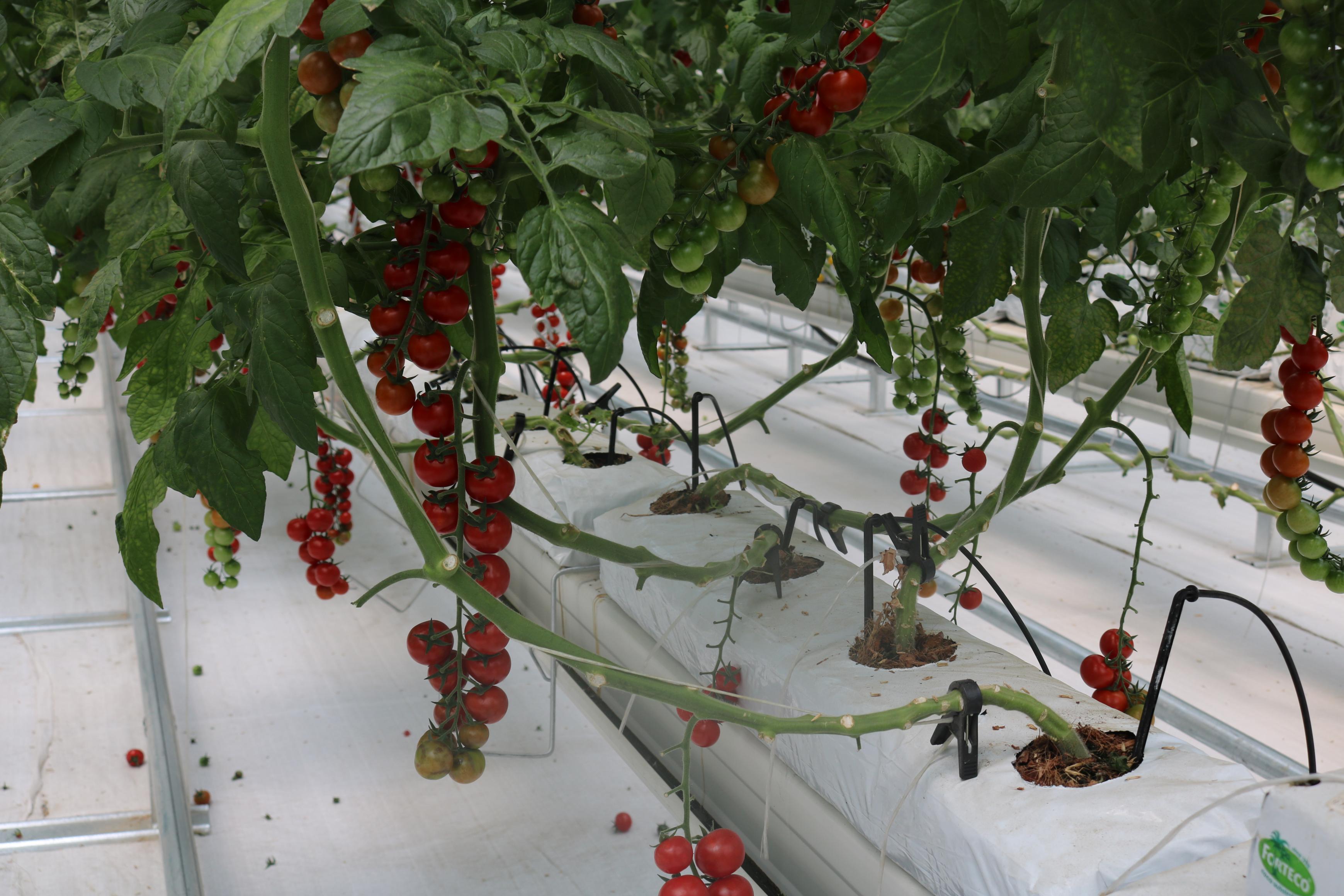
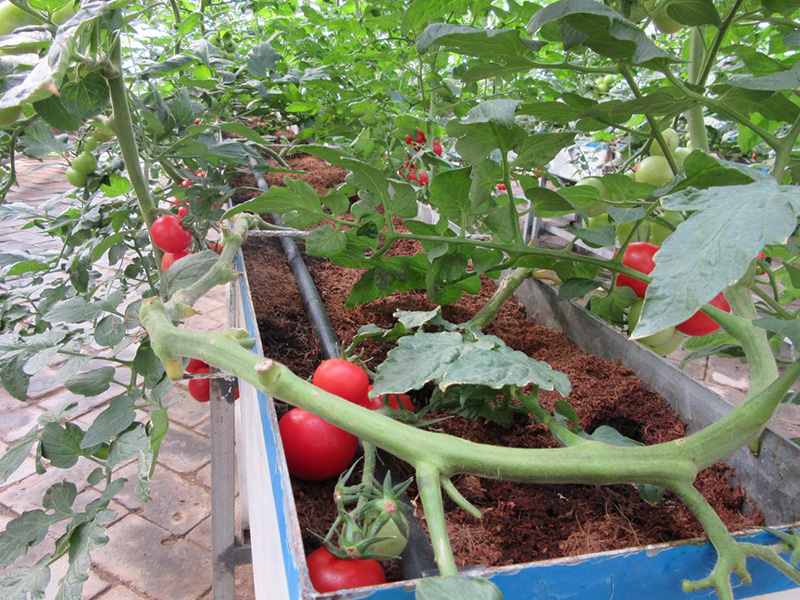
Substrate Culture Abstract

- Substrate cultivation is the largest method in soilless cultivation. It fixes crop in organic or inorganic substrate, by method of dripping or trickle irrigation, and supplies crops nutrient solution. Culture substrate can be filled into a plastic bag, or laid in the cultivation channels or grooves. Substrate culture nutrient solution is not circulating, known as opening system, which can avoid the spread of disease through the circulation of nutrient solution.
- Substrate culture has strong buffer ability, so there is no contradiction of moisture, nutrients and O2, and the equipment is more simple than hydroponics and aeroponics, even without the need of power, so less investment, low cost. This culture method is widely used in production.
The advantage of substrate culture
(1) To save water. Water saving rate is 50-66.7%. water saving effect is very obvious. It is one of effective measures to develop water-saving agriculture. Soilless cultivation not only saves water, but also saves fertilizer.
(2) Clean and sanitary. The application of soilless cultivation is inorganic fertilizer, no smell, no need compost site.
(3) Labor saving, easy management. Soilless culture don’t need tilling, digging or weeding.
(4) To avoid problem of soil continuous cropping. In soil cultivation, It is easy to make the soil salt accumulation, and also prone to soil borne diseases. Soilless cultivation is the effective method of avoiding or fundamentally eliminating soil borne diseases.
(5) Free from regional restrictions, and full use of space.
(6) It is helpful to realize the agricultural modernization, which is the symbol of modern agriculture, which makes the agricultural production free from the restriction of the natural environment.
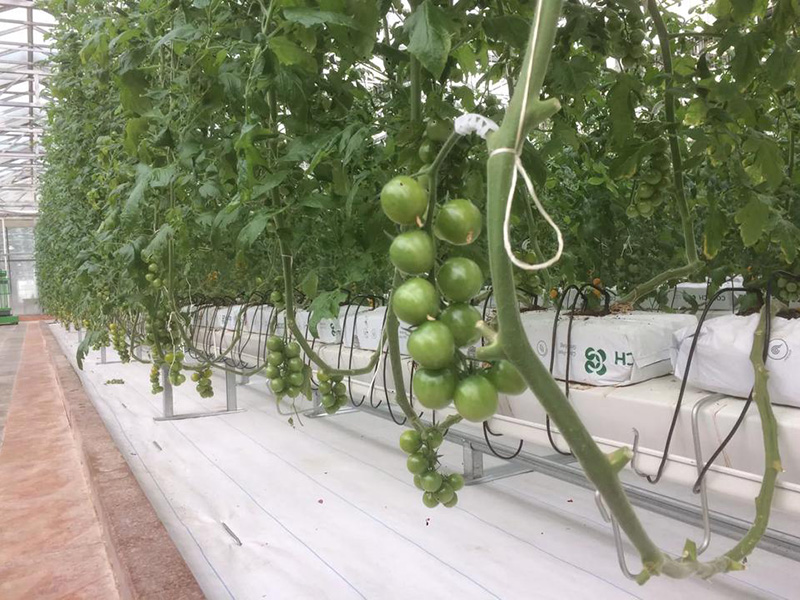
product picture
